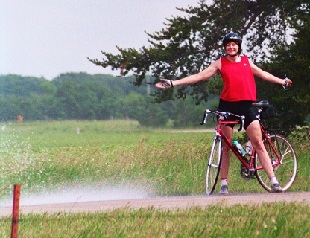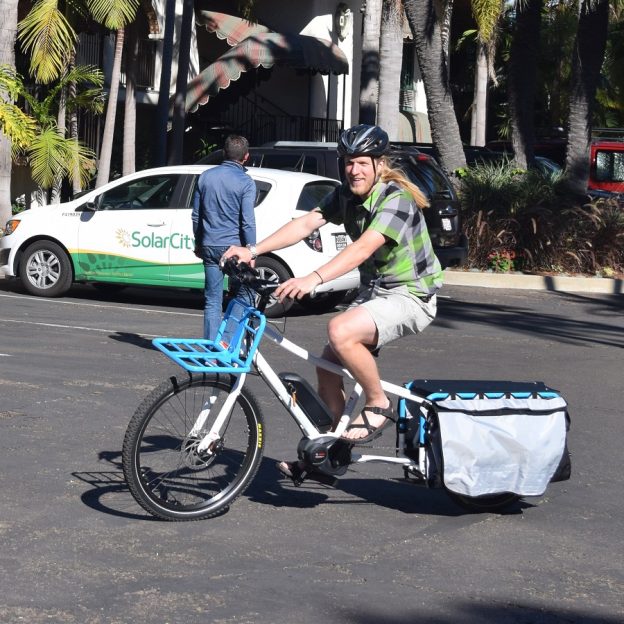The distance an electric bike will go on a battery charge is called range. This is an important specification to pay attention to when comparing e-bikes with your desired riding style. For example, if your commute involves steep climbs, you don’t want to run the battery low halfway up the hill. Without power, an e-bike can be an uncomfortable mode of transportation that demands more energy for the cyclist to pedal. So the range of an electric bike generally depends on the following.
The electric bikes battery capacity or volts
Lithium-ion batteries typically last for 1,000 complete charge cycles, adding back depleted volts. Maybe more with these helpful tips. Now think of a volt as the “force” pushing an Amp through the system. The higher the voltage, the more energy the motor can move. So, a higher voltage system can send more power through the circuits to the motor. Most common are 36-volt batteries, but more bikes use 48-volt batteries and some high-performance bikes with additional voltage. All else being equal, a higher voltage system will deliver more torque for quicker starts, but it will drain your battery faster.
The voltage output of the motor
Because most e-bike systems are standardized, what you want to look for to maximize your total range, is the time it takes before you need to recharge the battery. To do that, look for an e-bike battery with a high Watt-Hour rating.
The average speed you travel and cadence
The average riding speed is a part of the equation to your preferred riding style, factoring in varying conditions (hills, paved to unpaved or irregular surfaces, and wind resistance). If your overall comfort level, riding a bike, is at 13-miles per hour (mph) on average. Your speed range may vary down to six mph on a climb and 20 mph, with a tailwind zooming downhill.
For maximizing your e-bike range – knowing how much pedal-assist to apply to your favored cadence is essential to your average speed riding an e-bike.
A better understanding of cadence
Commonly talked about for measuring performance rather than the actual speed, cadence can also benefit your e-bike range. Counting the number of times your pedal rotates per minute (RPM), the rhythm for the average cyclist is somewhere between 70 and 100 RPM. With a regular none-motorized) bike, this is achieved by using the bicycle’s gears so your cadence stays in the desired range. Using this same practice on an electric bike will decrease the demand on the motor, as it assists you for a longer sustained range.
Use your gears to make it easier
There will be less resistance on the pedal when shifting into lower gears, so it turns faster (called spinning). Moving into a higher gear to go more quickly will give you greater resistance to the pedals. This will also slow your cadence down, making the pedal-to-wheel ratio closer to even. So, by shifting your gears appropriately, your legs will maintain the same average pace, regardless of how fast or slow you are physically moving. The end result of keeping your cadence on the e-bike will be less strain on the motor, which will extend your pedal assist range from the battery.
Your weight
The load your e-bike is expected to carry or pull will also be a factor in the range you can expect from a trip.
Plan your ride to extend your range
If you can define a specific route you want to use for the commute, it will help you better predict the distance you will travel between charges safely. Then, knowing how many hills there are to climb will further help you define the workload you will put on the motor.
Properly inflated tires
Regardless, if you are driving a regular bike, electric bike, or automobile, having your tires properly inflated will improve your performance. An under-inflated tire adds more friction against the road or trail surface. For an e-bike, the motor will work harder and decrease your range.
If you are only going to commute six to ten miles daily, you don’t need a battery and motor system that goes a long distance. However, a bike that goes longer distances than you currently need could be a good investment because the range will drop as the battery ages and loses capacity.
For more information
Be sure to mark your calendar for the E-bike Challenge Minneapolis. Or visit a local bike shop in your area that sells and services electric bikes.
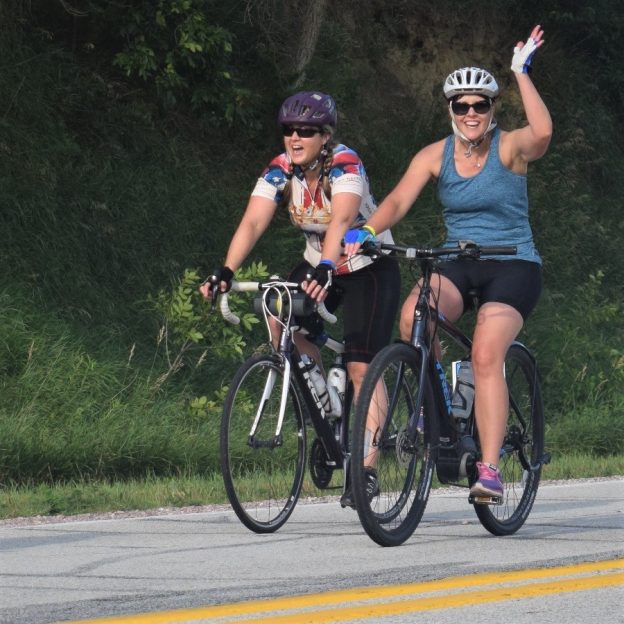

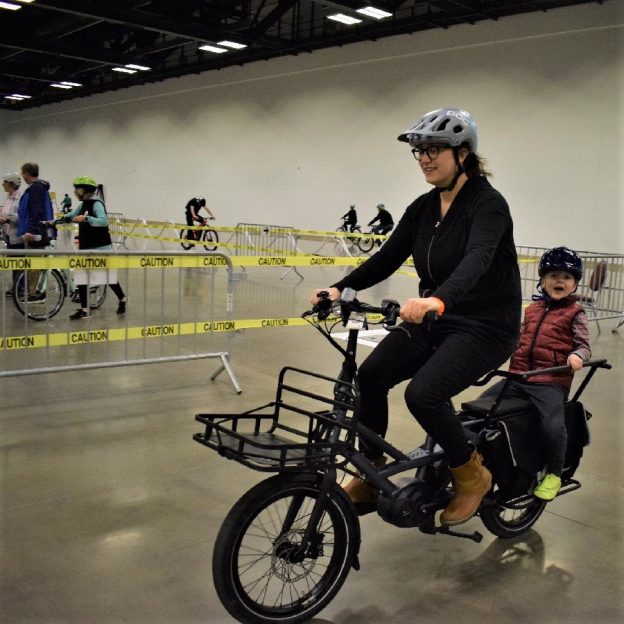
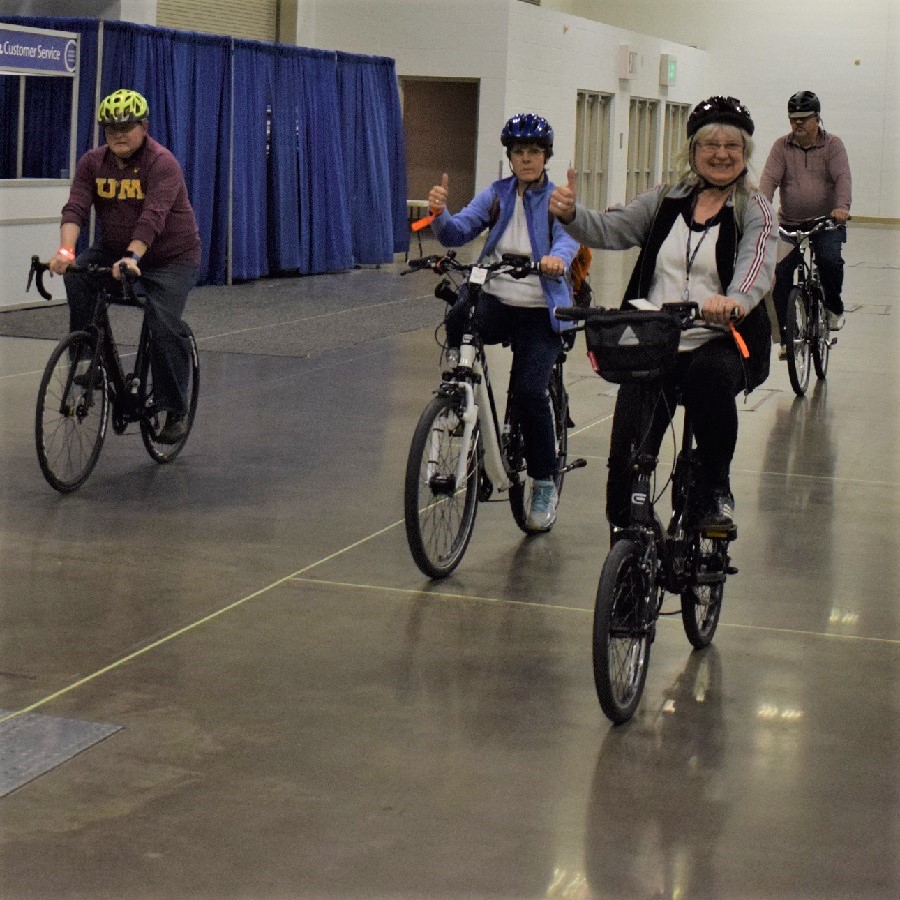
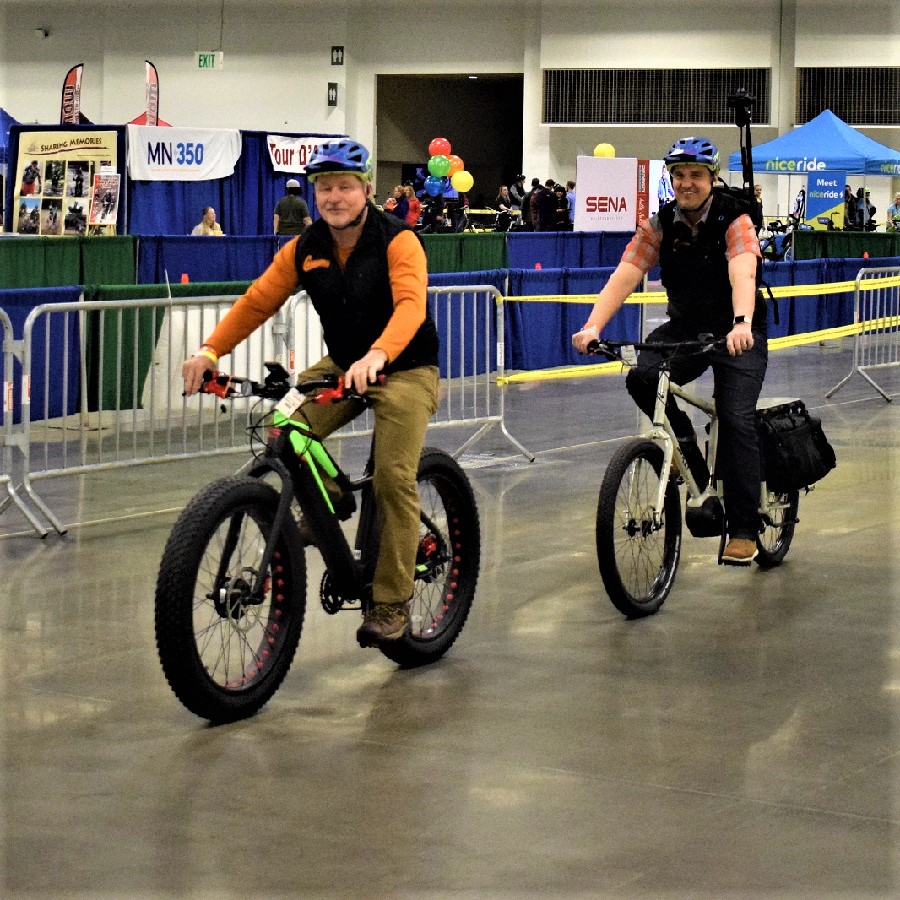

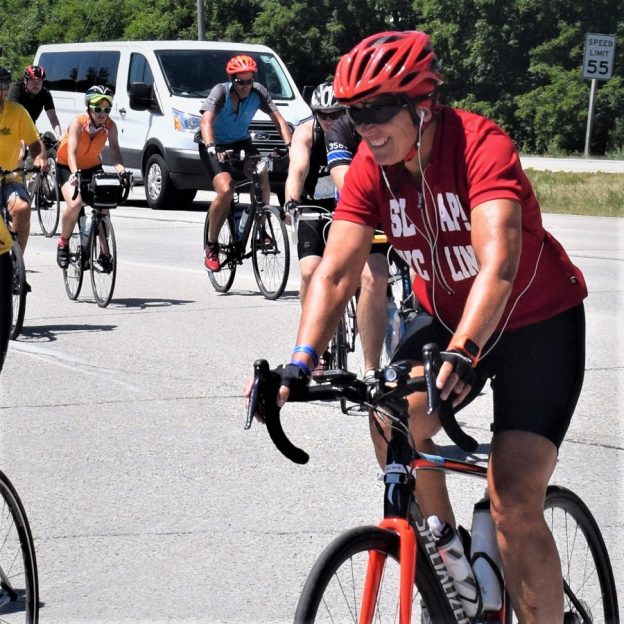
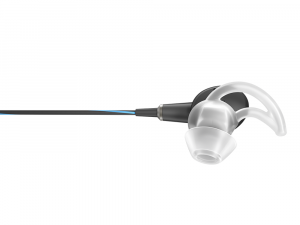


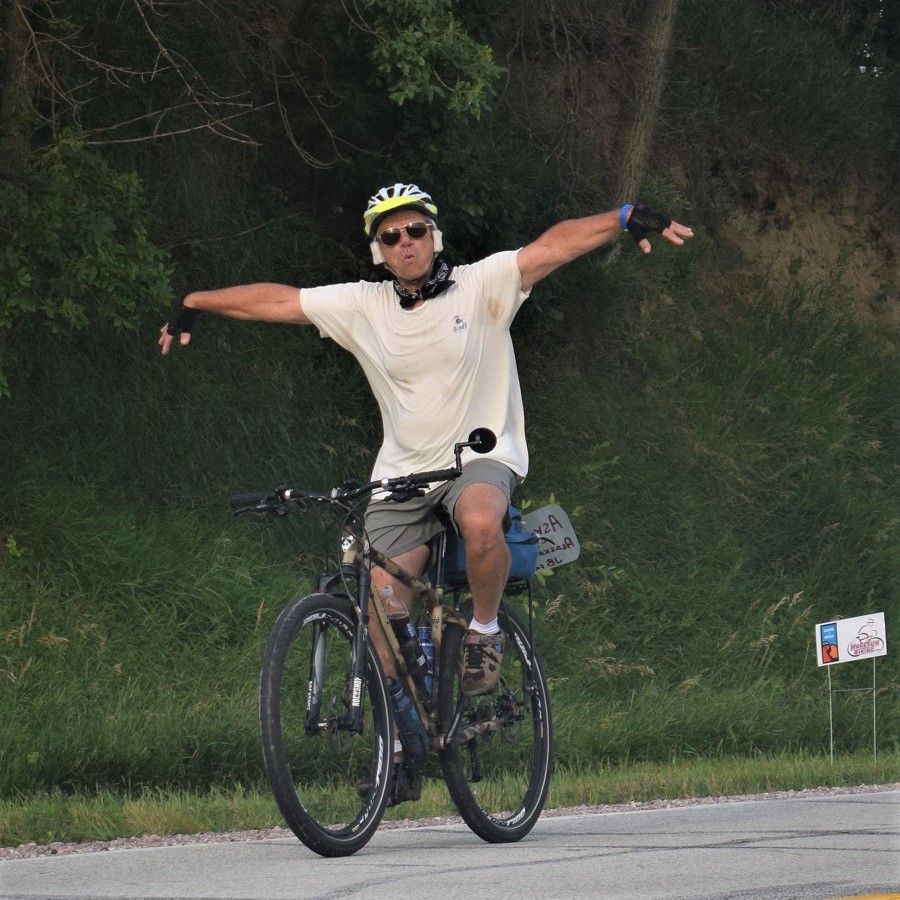
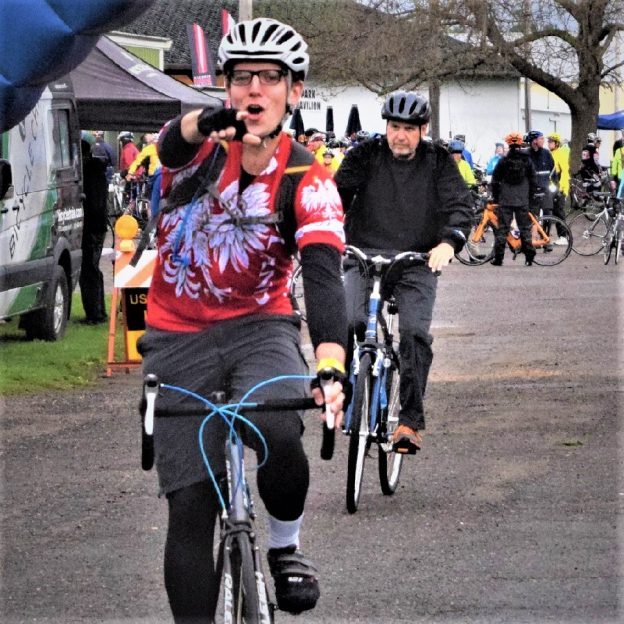
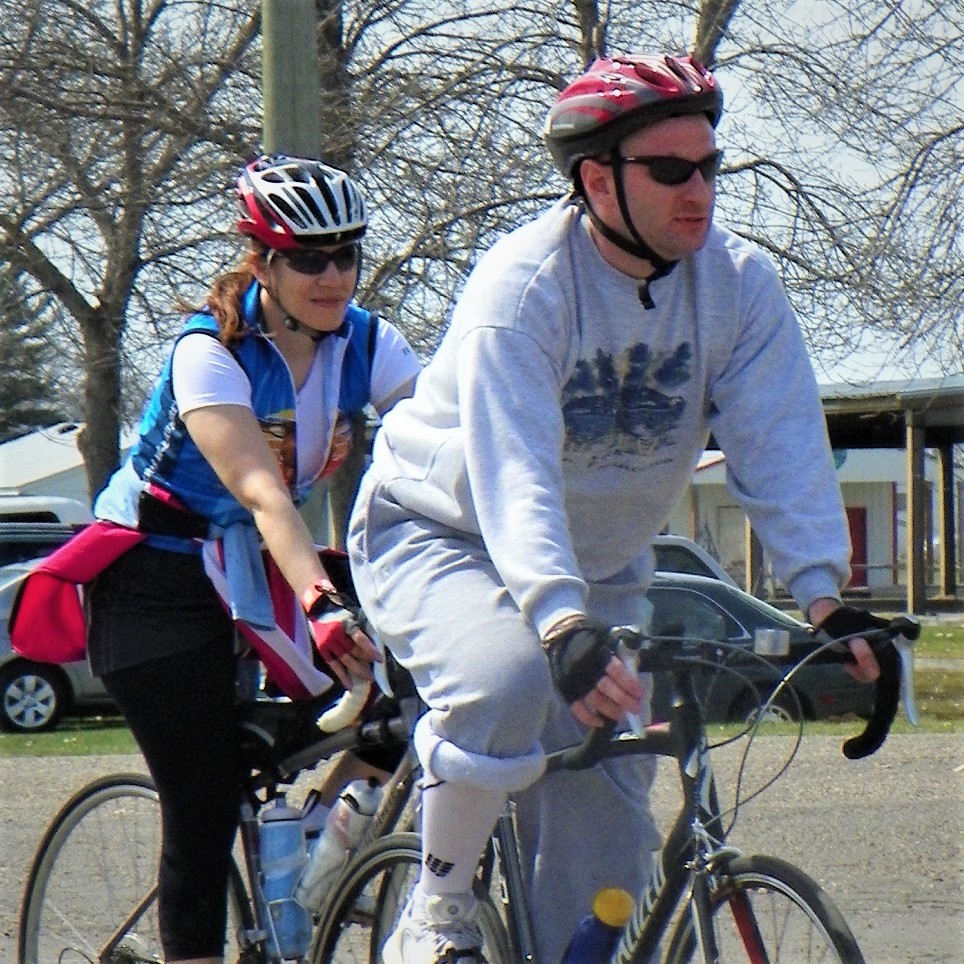
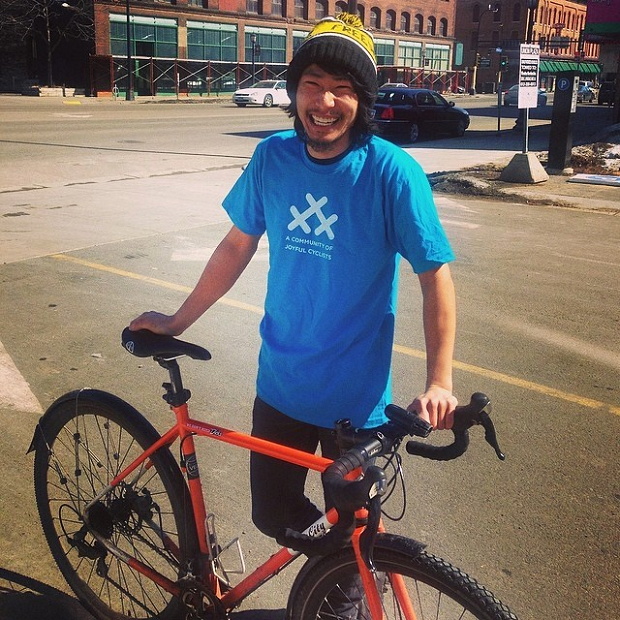
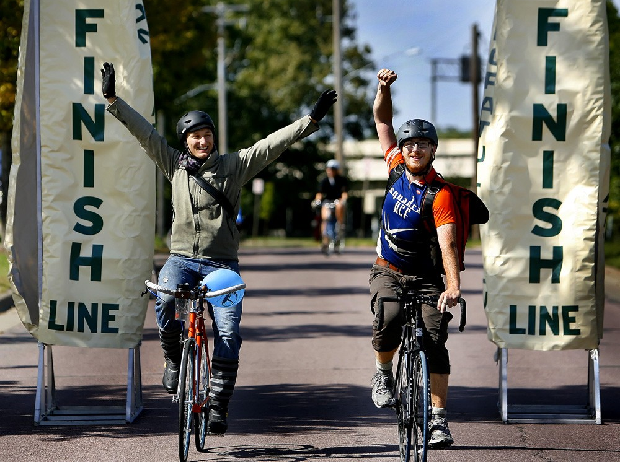

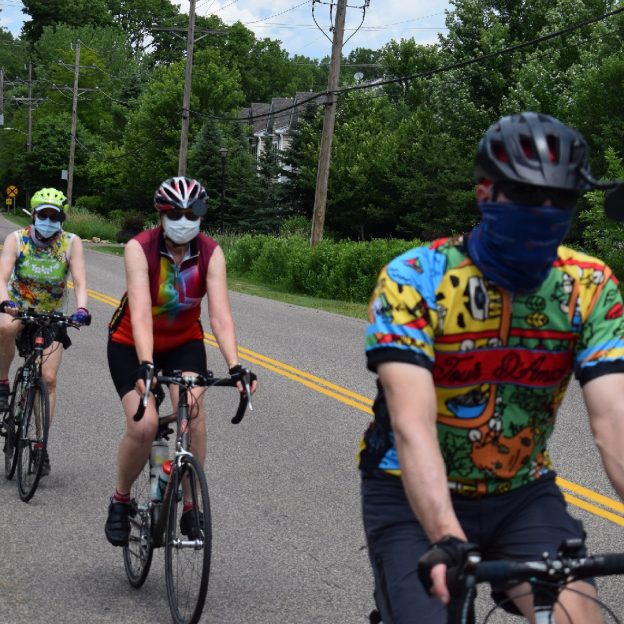
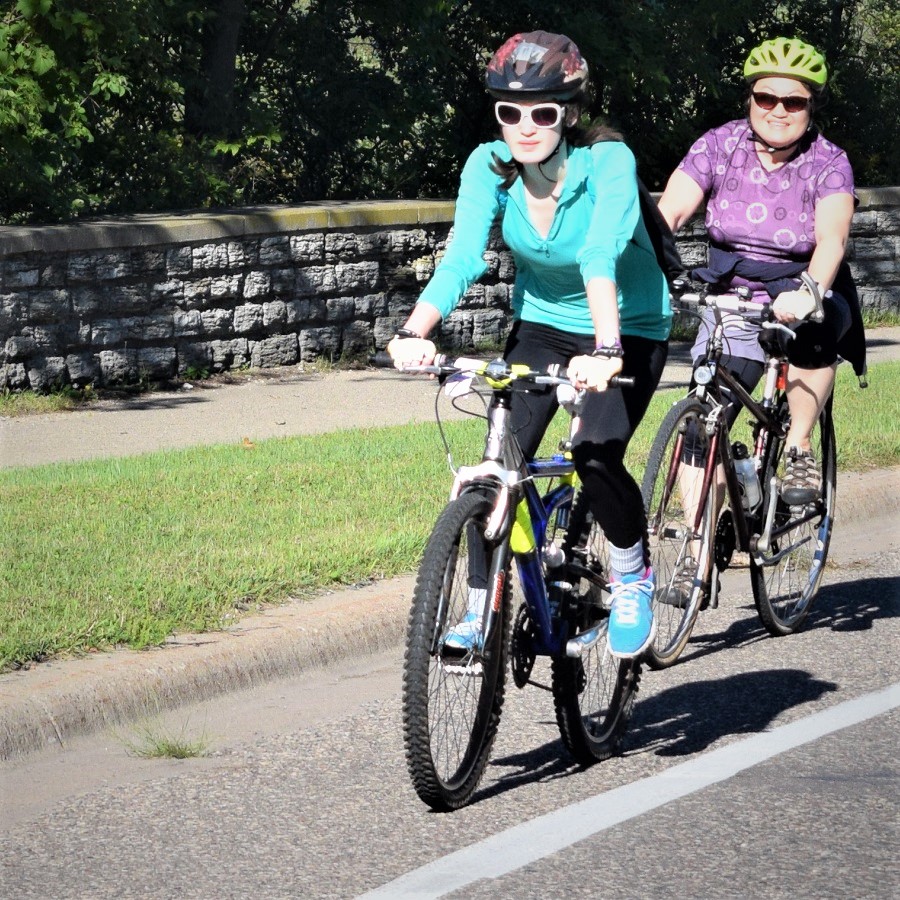
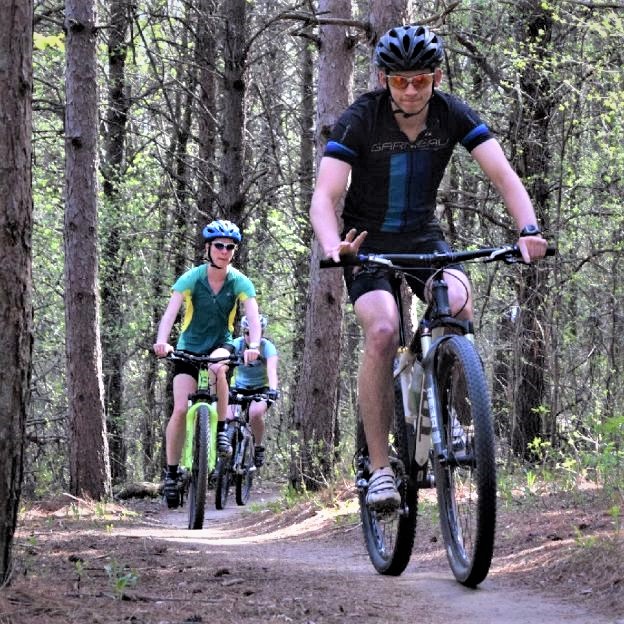
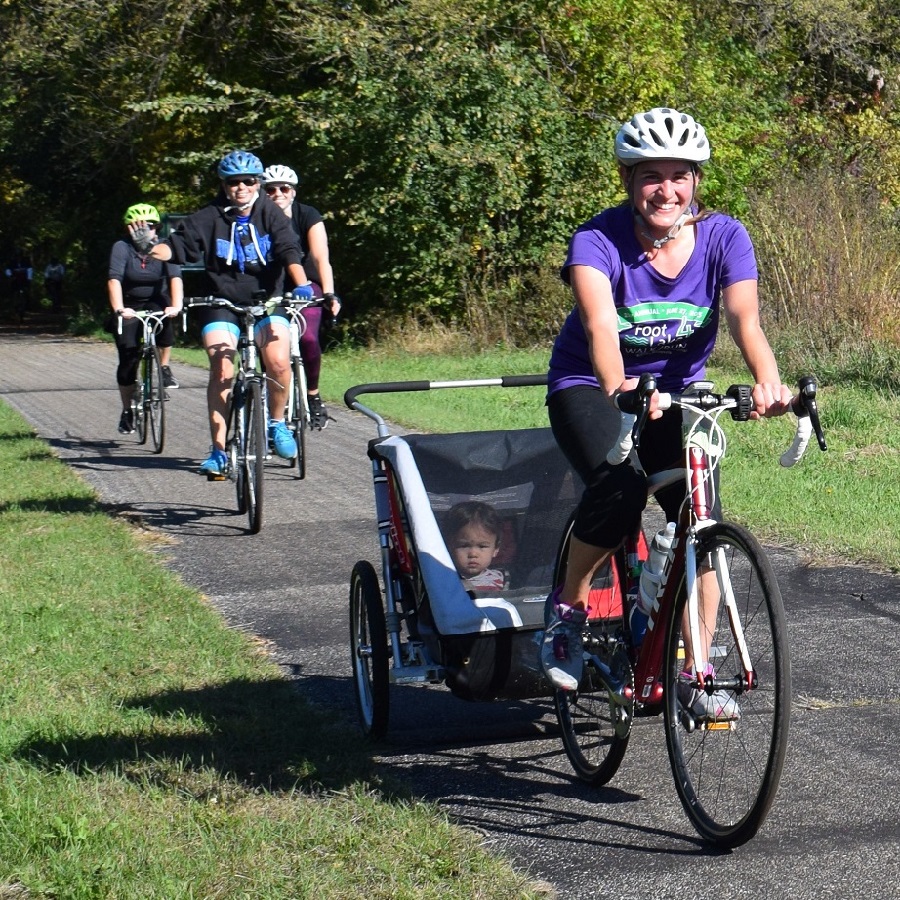
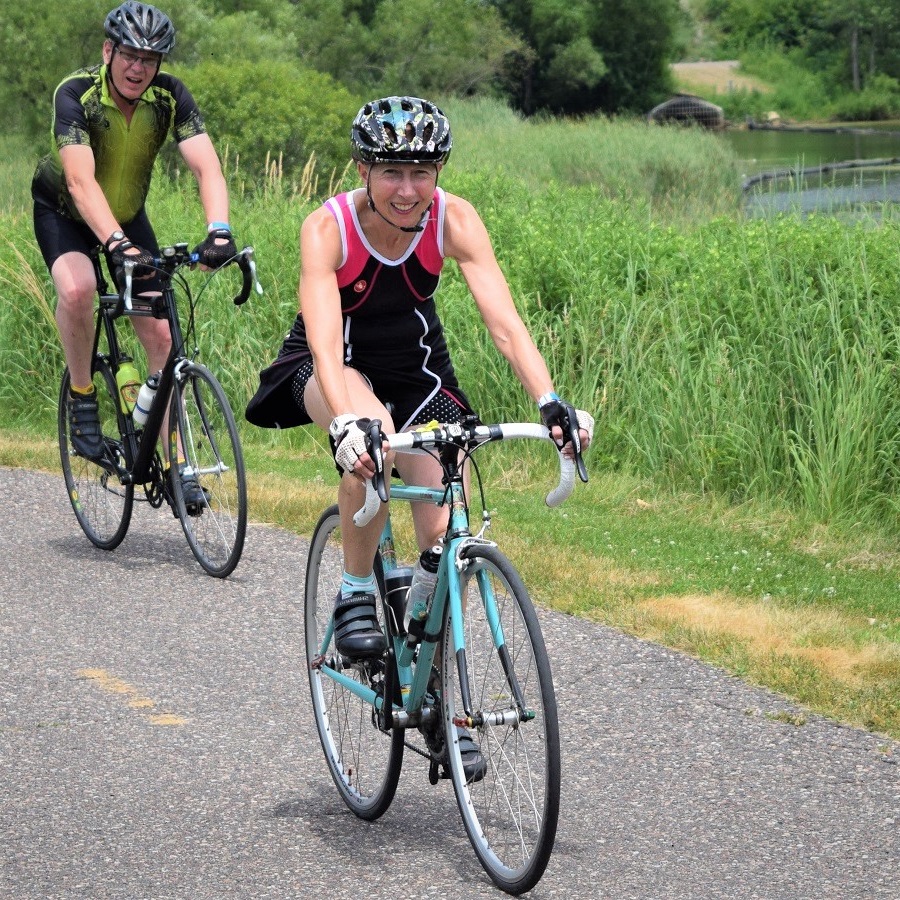
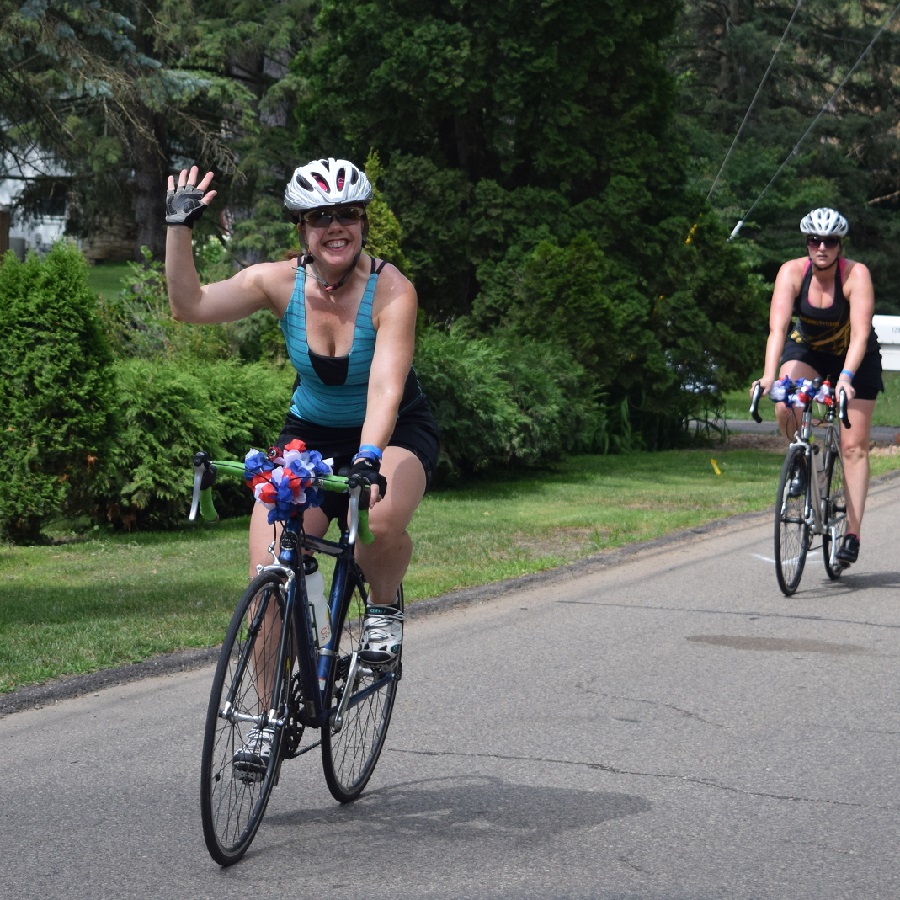
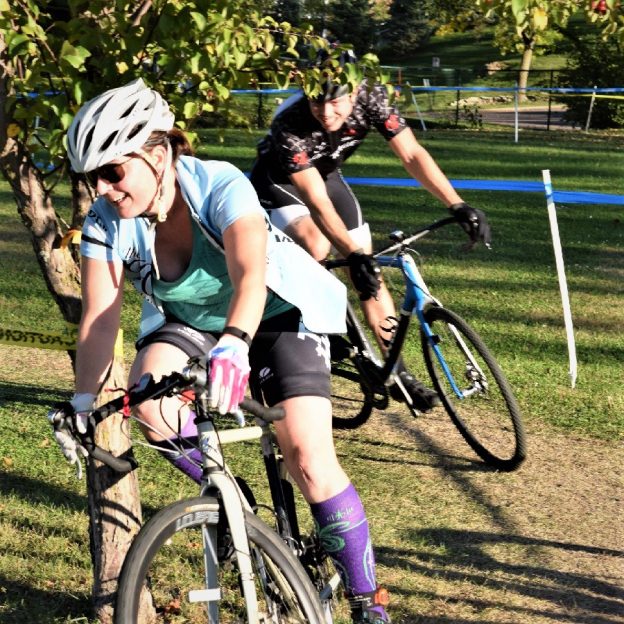

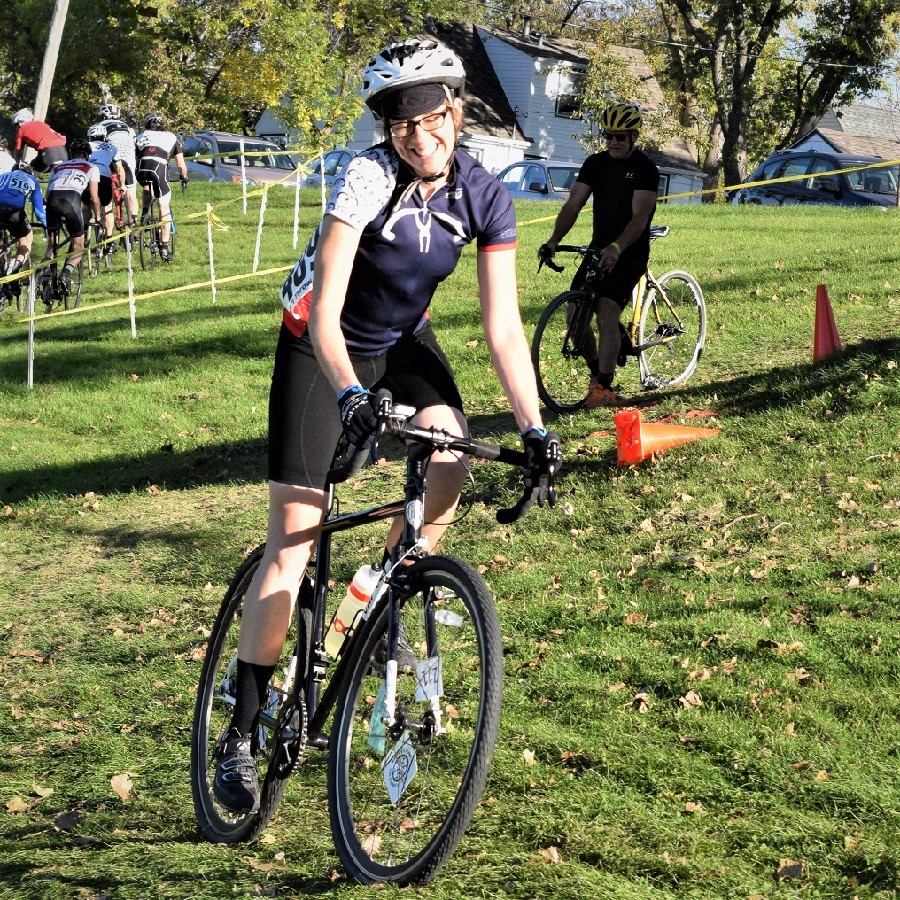
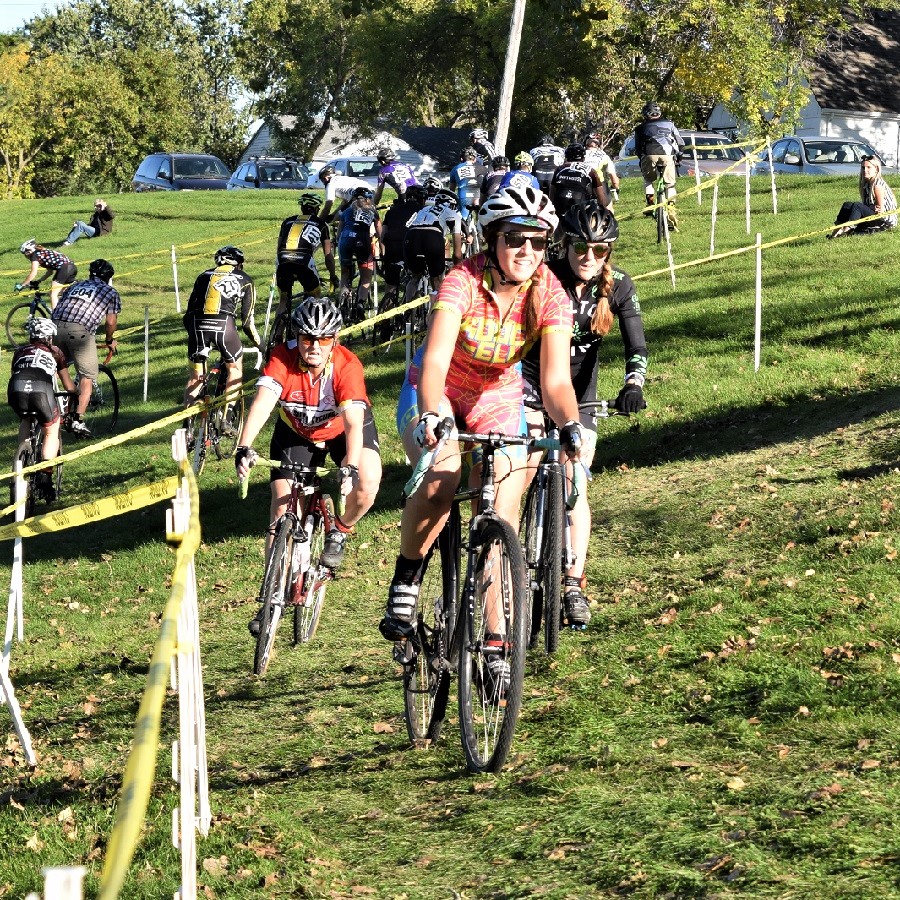
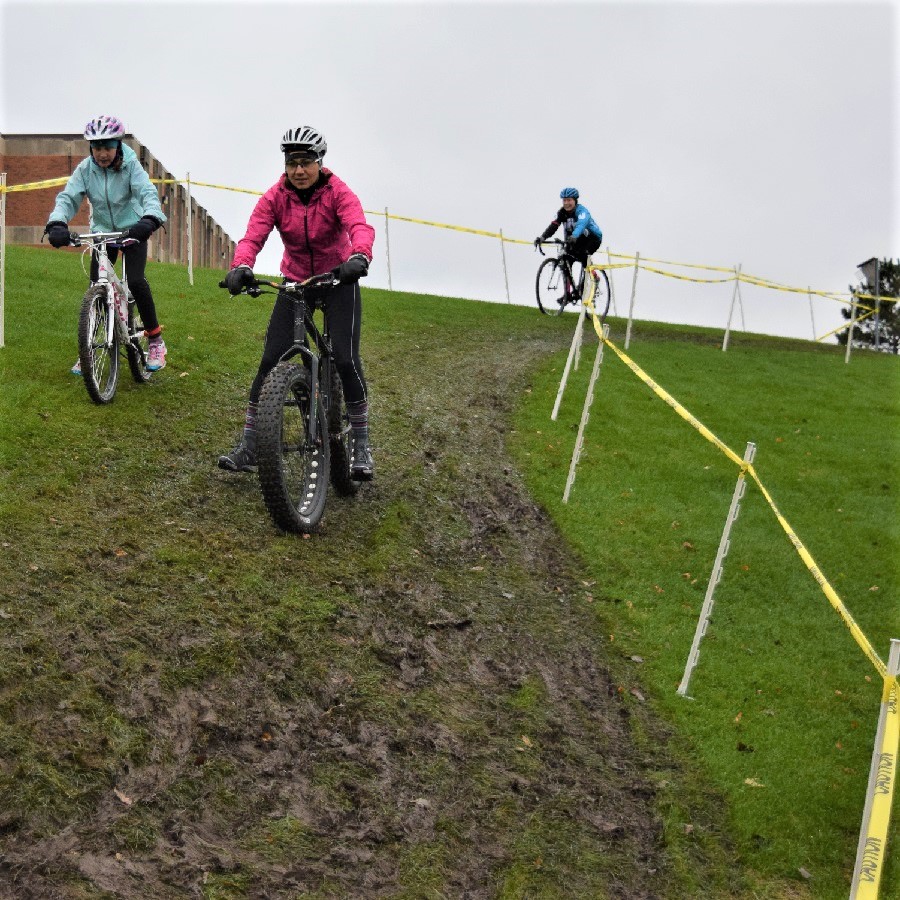
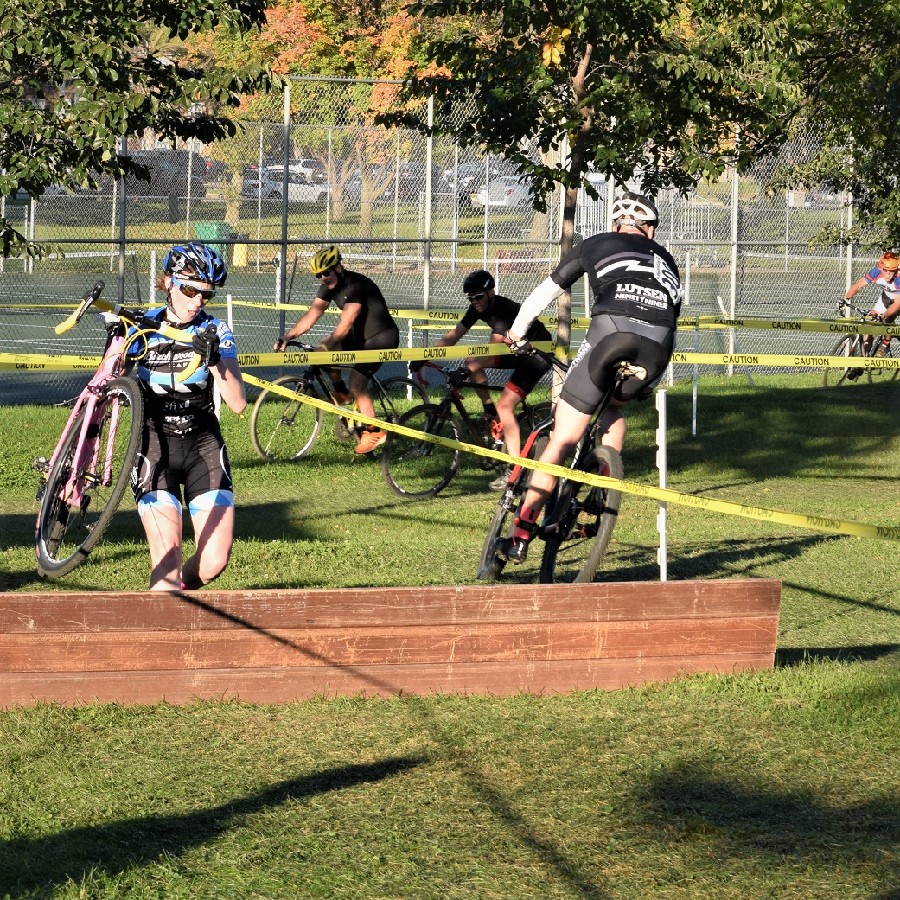
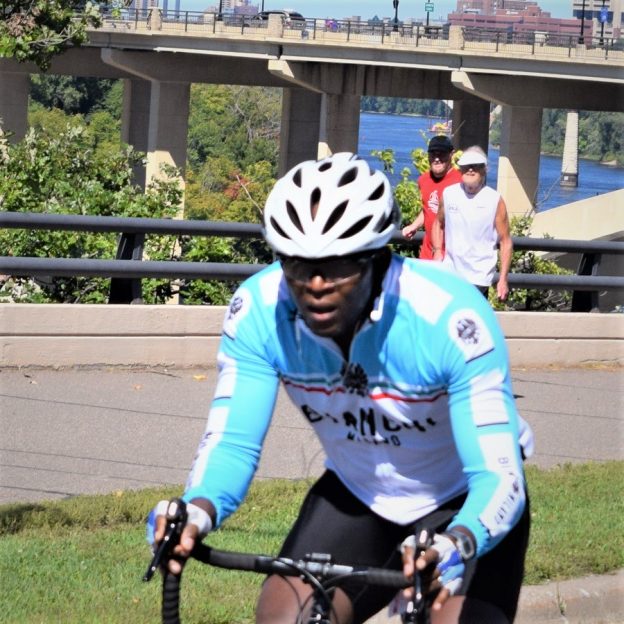
 Now with the temperature fluctuating up into the high nineties this coming week and the humidity levels on the rise, it’s important to know how to keep your body cool while staying active in the heat.
Now with the temperature fluctuating up into the high nineties this coming week and the humidity levels on the rise, it’s important to know how to keep your body cool while staying active in the heat. Wear clothing that will allow for quick evaporation is the best choice. Fabric that wicks the sweat away from your skin, allowing it to quickly evaporate, like the material cycling jerseys are made of is best. Any light material, other than cotton, with a zipper at the front is a good way to go. A damp hand towel or a purchased neck wrap will also help to keep you cooler by dropping the temperature of the blood vessels going through your neck.
Wear clothing that will allow for quick evaporation is the best choice. Fabric that wicks the sweat away from your skin, allowing it to quickly evaporate, like the material cycling jerseys are made of is best. Any light material, other than cotton, with a zipper at the front is a good way to go. A damp hand towel or a purchased neck wrap will also help to keep you cooler by dropping the temperature of the blood vessels going through your neck.
